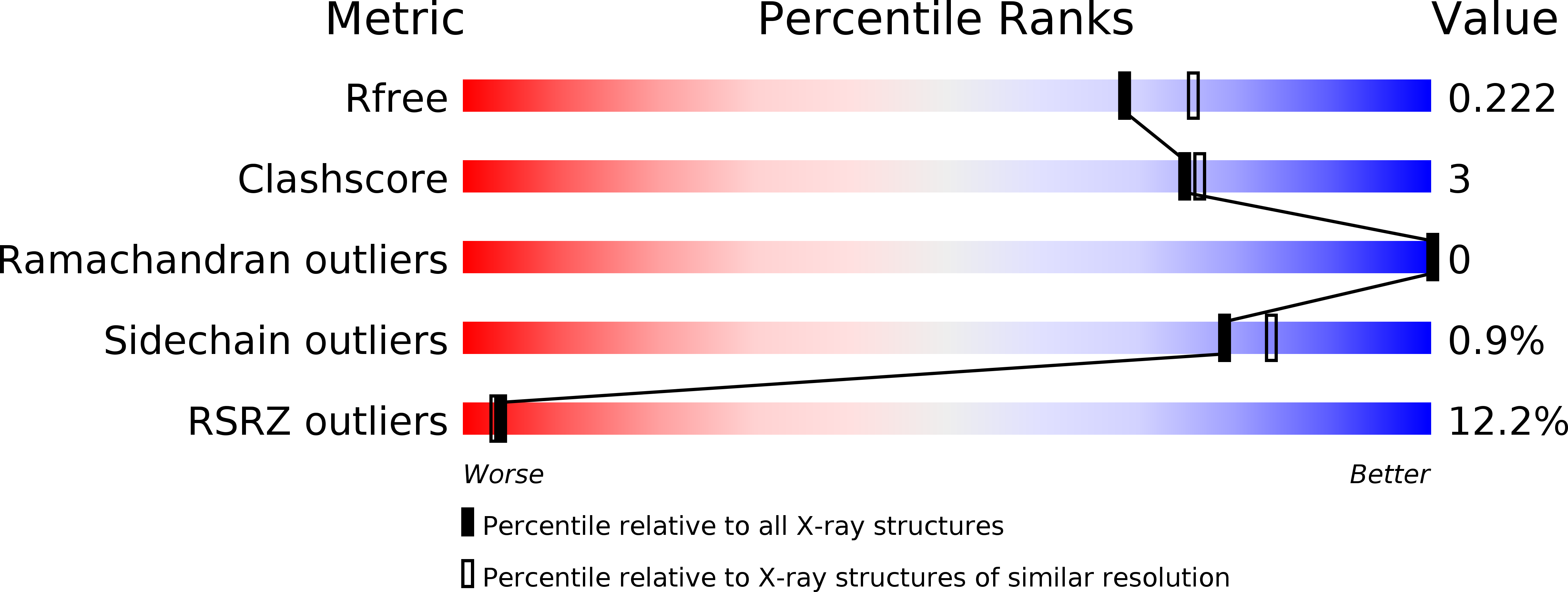
Deposition Date
2017-04-19
Release Date
2017-05-10
Last Version Date
2023-10-04
Entry Detail
PDB ID:
5VJC
Keywords:
Title:
TOG-tubulin binding specificity promotes microtubule dynamics and mitotic spindle formation
Biological Source:
Source Organism:
Drosophila melanogaster (Taxon ID: 7227)
Host Organism:
Method Details:
Experimental Method:
Resolution:
2.00 Å
R-Value Free:
0.22
R-Value Work:
0.18
R-Value Observed:
0.18
Space Group:
P 21 21 21


